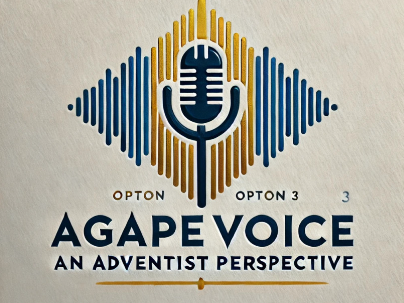
Understanding Death and the Afterlife: A Central Theme in Faith
For many members of the Seventh-day Adventist (SDA) faith community, the concepts of death and the afterlife are more than abstract ideas; they form a crucial part of doctrinal beliefs and personal comfort. Within the SDA doctrine, death is viewed as a temporary state, an unconscious sleep until the second coming of Christ, providing hope for millions seeking reassurance in the face of mortality.
Near-death experiences (NDEs) have captivated the attention of both the faithful and the skeptical. Reports from individuals who have had these experiences often describe profound feelings of peace, love, and a sense of journeying beyond the earthly realm. However, interpretations of these experiences vary greatly, leading some to question their validity while others embrace them as glimpses into an extraordinary reality. Understanding these narratives can deepen one's faith and provide answers to existential questions surrounding death.
The SDA Perspective: Sleep Until Resurrection
In the SDA tradition, death is not an end but a pause in the continuum of life. Many verses from the Bible support this perspective, emphasizing death as sleep (e.g., John 11:11-14). This belief allows believers to await resurrection with hope and faith, affirming that death is merely a transition rather than finality. Maintaining this view can be pivotal for those grappling with the grief of losing loved ones, providing solace during times marked by sorrow.
Diverse Perspectives on Near-Death Experiences
While NDEs are experienced by individuals across various spiritual backgrounds, the interpretations differ widely. Some argue that these experiences are simply neurological responses to trauma or lack of oxygen. Others believe that they indicate a glimpse into an afterlife. For the SDA community, these perspectives must be weighed against biblical teachings. The yearning for both empirical evidence and spiritual affirmation presents an intriguing dichotomy that challenges established religious doctrines.
Statistical Insights into Near-Death Experiences
Research on NDEs suggests they are not as rare as one might think, with studies indicating that approximately 10% of patients who experience a near-death event report having an NDE. This data prompts discussions about the implications of such experiences in light of scriptural accounts of life after death. The frequency of NDEs fuels interest in how they may serve as a bridging element between faith and science.
Counterarguments: Science vs. Spirituality
Despite the positive narratives associated with NDEs, scientific skepticism remains. Critics argue that such experiences can be explained by brain chemistry or oxytocin release during stress, challenging the spiritual interpretations embraced by many. In navigating these contrasting viewpoints, believers are encouraged to engage critically with these experiences while grounding their beliefs in scriptural truths.
Emotional Responses and Community Perspectives
The emotional impact of death and NDEs extends beyond individual experiences; they reshape community interactions and beliefs within the SDA culture. Many who have faced death, whether through personal experiences or those of loved ones, often report stronger communal ties and an enriched understanding of faith. This underscores the importance of communal support in the face of death—a core value in the SDA faith that emphasizes love and nurturing relationships.
Stepping into Action: Conversations About Death
Engaging in open discussions about death and NDEs can greatly enhance one's faith experience. Community gatherings, support groups, and educational workshops can provide safe spaces for exploring these topics. By confronting the subject head-on, members can develop a deeper understanding of their beliefs and share insights that foster a sense of unity and purpose.
Final Thoughts: Embracing the Unknown with Faith
Death remains one of life's greatest mysteries, but for the members of the SDA community, it is anchored in hope and faith. By understanding various perspectives on death and NDEs, believers can navigate their spiritual journeys with confidence. As members engage in discussions and apply the insights gained from both scripture and personal experiences, they contribute to a richer understanding of what lies beyond this life.
 Add Row
Add Row  Add
Add 




 Add Row
Add Row  Add
Add 


Write A Comment